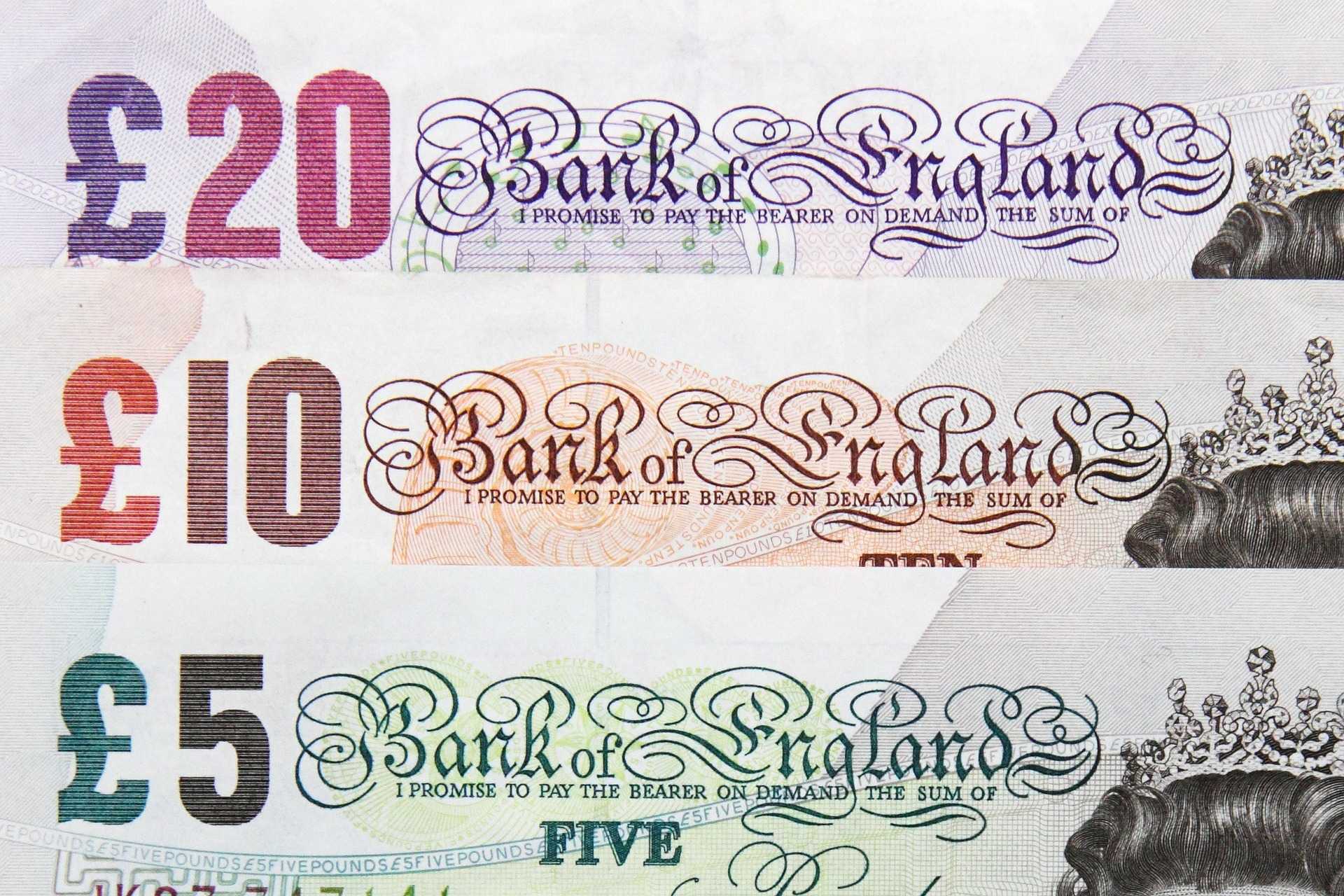GBP/USD drops to 1.3850 levels as the Bank of England keeps rates unchanged at 0.1%, and the dollar strengthens with US bond yields rising to 1.70%.

The United Kingdom has followed a rapid campaign to provide vaccination to Brits, but there is a delay in administering the second dose. It may hinder the removal of the current lockdown fear investors.
GBP/USD Fails to Cross Psychological Barrier at 1.40
Interest rates remain unchanged at 0.1%, putting pressure on the pound. The vaccine supply shortage is another issue that keeps investors worried about the GBP/USD.
The GBP/USD currency pair has strong resistance at the 1.40 level. The pound/dollar currency pair has succumbed to weakness at this psychological barrier at 1.40 levels, many times in March.
The British pound is moving between 1.3850 to 1.4000 levels, unable to break on either side of the range. If the currency pair can hold on to the 1.3950 level, the sterling against the US dollar may move higher say, experts.
Vaccination Campaign Slowing Down
The vaccination campaign in the UK has been satisfactory. The number of coronavirus cases is coming down, and the vaccination drive was moving ahead at a brisk pace, which kept the pound healthy. About one-third of British people have received at least one dose of the vaccine. AstraZeneca vaccine approval has helped people gain confidence about receiving the vaccination.
However, there is a delay in the supply of covid-19 immunization dose from India, says PM Boris Johnson. A new viral mutation poses a big threat to the economy. Small businesses worry about another lockdown, just as business is picking up with improved sales.
Economy Shows Good Recovery says Bank of England
Bank of England has acknowledged that the economy shows good improvement and will continue its progress in 2021. BoE has kept interest rates unchanged at 0.1% and has assured that negative rates will not be implemented, for now. The increase in bond yield to 1.70% is pulling up the dollar, which affects the GBP/USD.
According to the NIESR GDP estimate, the economy will contract lower than expected in the first quarter of 2021. GDP is likely to grow again in February and March by 0.3% and 1.1%.
Consumer Confidence has grown by 7 points in March 2021 to -16 from -23 in the previous month. It is the highest reading since March 2020. There is growing confidence as the covid-19 vaccine program is rolling out at a steady pace. There are plans to reopen the economy in June, and it has lent support to businesses.
Public Sector Net Borrowing in February 2021 is at £19.1 billion, while in February 2020, it was at £2.4 billion. The central government bodies have spent almost £72.6 billion on everyday activities, which includes £3.9 billion spent on coronavirus job support schemes.
Manufacturing Production data released by the National Statistics is a short-term indicator of the manufacturing activity strength in the United Kingdom. The month-on-month manufacturing production reading is lower at -2.3%, while it was 0.3% the previous month, which is bearish for the British Pound. Factory output has come down, especially in transport equipment.
Industrial production has fallen 1.5% month-on-month in January 2021, much worse than forecast at 0.6%. It is the first slump after the decline in April. The country has been under lockdown restrictions in January 2021, which has brought down production.
The future of the Brexit deal is uncertain. Trade discussion between the UK and the EU is not going ahead as planned, putting pressure on the sterling.
EUR/GBP
The UK economy is expected to outperform the eurozone in 2021. The EUR/GBP fell -0.2% after the report from Bank of England stating that the UK economy is picking up. Chief Economist at Bank of England has said that there is a “rapid-fire recovery” in the economy.
The eurozone is undergoing its third-wave of Covid infections. The ECB President Christine Lagarde has urged the government to bring in further fiscal stimulus to protect the economy. The second half of 2021 will show a rebound in economic activity, says Lagarde.
The EUR/GBP currency pair has fallen from 0.8950 in January to 0.8570 in March 2021.
GBP/JPY
The GBP/JPY currency pair rebounded back to 151 levels, unable to break past the resistance at the 152 levels. The markets are at the overbought stage, where the Japanese yen looks more attractive than the Sterling. The British pound against the Japanese yen has been going strong and is in correction mode currently.
USD Index
The bond yields in America continue to spike higher, which keeps the US dollar index higher. The 10-year Treasury yield is moving higher than 1.66%. The 30-year Treasury yield is at the 2.44% level. There is some calmness returning to the bond yield, which has reduced the volatility in the US dollar. The sterling is moving lower.
Fed Chairman Jerome Powell has given an optimistic view of the US economy, strengthening the US dollar index. The economy is doing well, and the unemployment rate is expected to drop, states Powell.
The US dollar found resistance at 91.75 levels and moved lower. Lower interest rates may remain for longer, say top officials. It is driving the stock markets higher while moving the US dollar index lower.